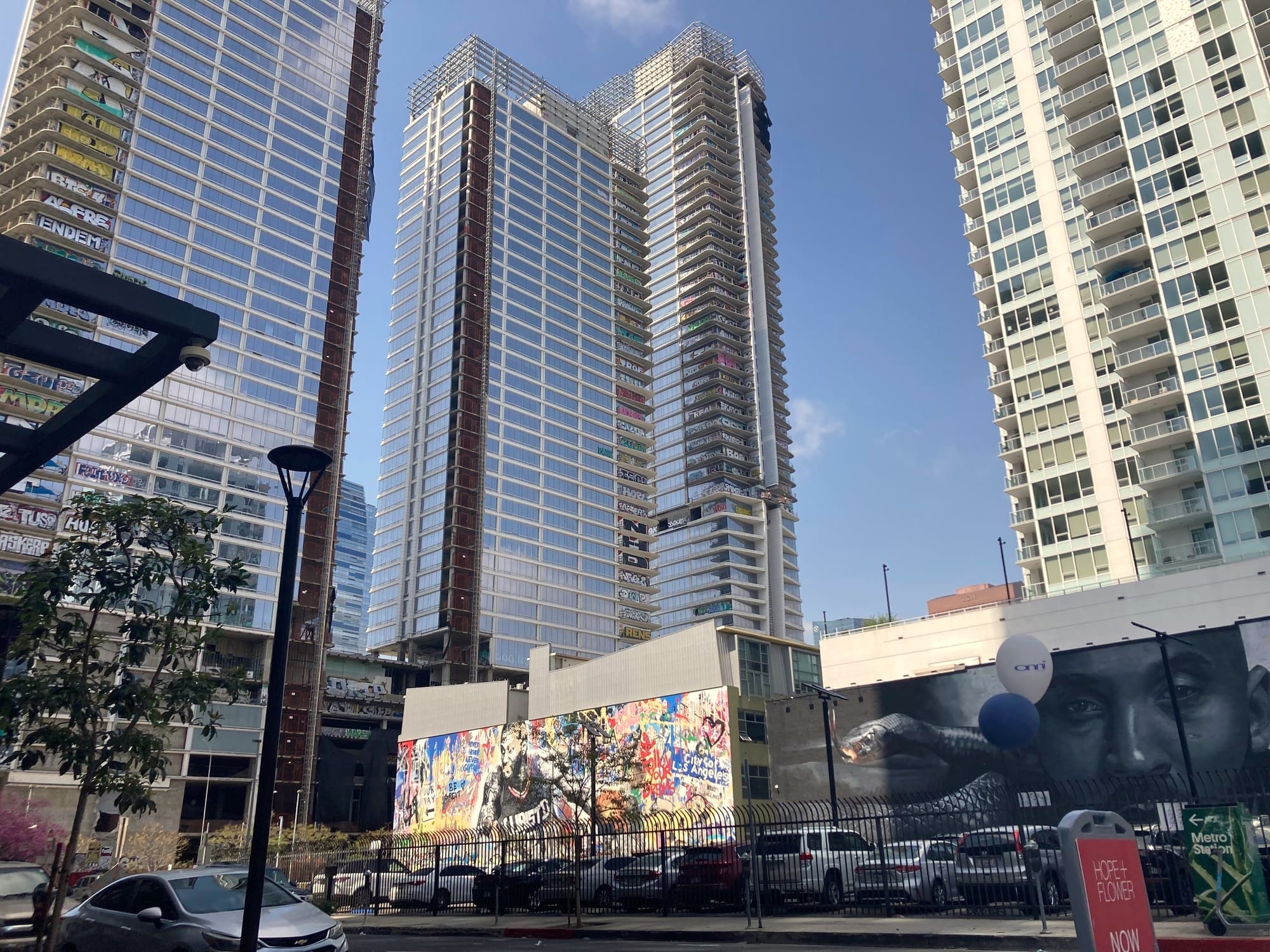The Illusion of Historical Significance
Just because something is historic doesn't mean it's effective. The No Kings protests drew crowds comparable to the anti-war demonstrations during the Bush era, yet their impact on policy or meaningful change remains questionable. Having been part of the generation that protested that war while simultaneously serving in the military, I can attest that both forms of disillusionment—civilian and military—are existentially agonizing experiences that demand more than symbolic gestures.
The disconnect between historical significance and actual effectiveness becomes clearer when we examine the personal transformations of those who participated in earlier movements. My friend's parents, who were hippies during the Vietnam era before easing into libertarianism, revealed themselves to be fundamentally horrible people—and now I understand why. Their political evolution exposes the shallow nature of their original commitment to peace and justice. They were attracted to the spectacle and social identity of protest rather than its transformative potential.
The Weekend Warrior Problem
Protests must happen during the week and disrupt commerce to be effective. The comfortable rhythm of weekend demonstrations, like the May Day solidarity events, does nothing to address the real structural problems that require sustained economic pressure. These feel-good gatherings serve more as social validation than political action, allowing participants to maintain their sense of moral superiority while avoiding the personal costs that real resistance demands.
One particularly striking observation from the Los Angeles No Kings protests was the mixture of Palestinian and Israeli flags, as if the two sides had somehow come together to agree that fascism was the primary threat. This strange convergence revealed how easily diverse grievances can be absorbed into a generic anti-establishment aesthetic without addressing the specific contradictions and conflicts that define each struggle.
The Carnival of Ineffectiveness
Perhaps if No Kings Day had been organized as a "No War with Iran" protest instead, the bunker buster bombs would not have been dropped by B-52 bombers. But the carnival atmosphere I witnessed left me with an overwhelming impression of ineffectiveness. The festive, almost celebratory nature of these gatherings seems designed to dissipate rather than concentrate political energy.
After my involvement in Occupy Wall Street and subsequent political education, I came to understand this pattern as inherent to many contemporary protest movements. The carnival atmosphere serves as a form of political theater that channels genuine anger and frustration into harmless spectacle. It's a way of making participants feel they've "done something" without actually challenging the systems that create the problems they're protesting.
The Anti-War Movement's Disinformation Trap
Every administration has tested the waters on war with Iran, and the anti-war movement that was defanged by Barack Obama's election was always diligent about mobilizing whenever rumors of Iranian conflict surfaced. After witnessing this pattern repeatedly, I began to suspect that these rumors might themselves be a form of disinformation—a way to keep the "screaming grannies" occupied with reactive responses rather than proactive organizing.
This dynamic reveals how protest movements can become trapped in a cycle of perpetual reaction, always responding to the latest crisis rather than building the sustained pressure necessary to prevent such crises from occurring. The government learned to manage dissent by giving it predictable outlets and keeping it focused on symbolic rather than material targets.
What Actually Works: Economic Disruption
The tactics that actually work are those that directly threaten economic interests: walkouts, boycotts, and general strikes. These methods force decision-makers to confront the material costs of their policies rather than simply weathering a storm of public disapproval. When protesters get arrested as part of organized civil disobedience campaigns, they can become part of class action lawsuits that often result in financial settlements. This money can then be donated back to the movement, creating a sustainable cycle of resistance.
The key difference is that these tactics impose real costs on the system rather than merely expressing opposition to it. They transform protest from a form of political theater into a form of economic warfare, which is the only language that power truly understands.
The Need for Serious Leadership
What's needed now is leadership that embodies the gravity of our situation—someone like Minister Louis Farrakhan leading the charge in a bow tie and tuxedo, projecting dignity and seriousness rather than carnival energy. The contrast couldn't be starker: even the QAnon Shaman during January 6th thought the appropriate approach was to embody a carnival atmosphere, complete with costumes and theatrical gestures.
This reveals something troubling about contemporary American political culture—both left and right have become infected with the same performative impulse that prioritizes spectacle over substance. The result is a political discourse that resembles entertainment more than serious engagement with power.
The Fiscal Carnival
There's a deeper irony at work here: while protesters organize carnivals in the streets, there's an actual fiscal carnival happening in Washington—efforts to cut spending on everything except the military. The real carnival is the one being performed by politicians who slash social programs while expanding defense budgets, creating genuine scarcity for ordinary people while maintaining abundance for the military-industrial complex.
This juxtaposition reveals the fundamental mismatch between the tactics of contemporary protest movements and the nature of the system they're trying to change. While protesters engage in symbolic politics, their opponents engage in material politics—actually redistributing resources and restructuring institutions to serve their interests.
The Path Forward
Effective resistance requires abandoning the comfort of carnival and embracing the discipline of sustained economic pressure. This means organizing workplaces, not just demonstrations. It means building alternative institutions, not just expressing dissent. It means accepting the personal costs of real resistance rather than seeking the social rewards of performative activism.
The lesson of both the anti-war movement and contemporary protests is clear: without the willingness to impose material costs on the system, political movements become little more than elaborate forms of therapy for their participants. They provide emotional relief without political change, allowing people to feel they've done their civic duty while the actual machinery of power continues unchanged.
The choice facing any serious movement is whether to remain trapped in the carnival of ineffective protest or to embrace the harder work of building genuine political power. History suggests that only the latter path leads to meaningful change, but it requires abandoning the comfortable illusions that make protest movements feel good rather than making them actually effective.
Real change demands that we move beyond the weekend warrior mentality and commit to the sustained, disciplined work of building alternative power structures. This isn't as emotionally satisfying as a carnival, but it's the only approach that has ever succeeded in fundamentally altering the balance of power in society.
The question isn't whether we can organize historic protests—we clearly can. The question is whether we're willing to organize effective ones, even when they're uncomfortable, inconvenient, and require genuine sacrifice from their participants. Until we can answer that question honestly, we'll continue to mistake the sound and fury of carnival for the patient work of revolution.










